AC Collision Repair: Steps to Optimal Performance
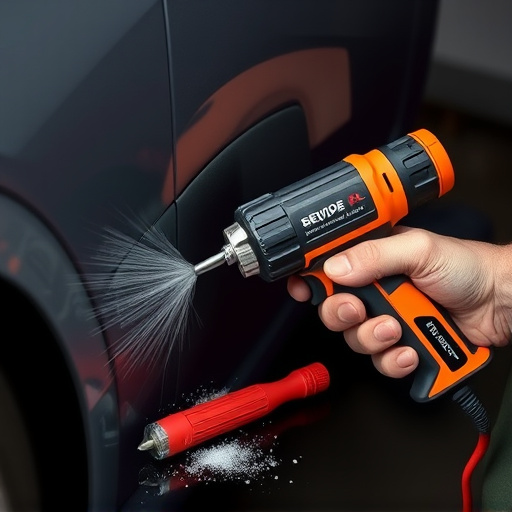
Post car collision, thoroughly assess AC system damage. Seek expert repair from body shops for hidde…….
In the modern world, where comfort and energy efficiency are paramount, the Automotive Air Conditioning (AC) system has become an indispensable component of vehicle design. However, as with any complex mechanical system, collisions and accidents can cause significant damage, requiring specialized repair techniques. AC system collision repair is a critical aspect of automotive after-sales services, ensuring that vehicles not only maintain their cooling capabilities but also adhere to safety standards. This article aims to provide an in-depth exploration of this niche yet vital sector, covering its history, global impact, technological innovations, regulatory landscape, challenges, and future potential. By delving into these topics, we will uncover the intricacies of AC system collision repair and its role in shaping the automotive industry’s evolution.
Definition:
AC system collision repair refers to the specialized process of repairing or restoring Automotive Air Conditioning (AC) systems within vehicles that have been involved in collisions or accidents. It involves diagnosing, disassembling, repairing/replacing damaged components, and reassembling the AC system to ensure its optimal performance and safety.
Core Components:
Historical Context:
The development of AC systems in vehicles began in the early 20th century, with early models using toxic refrigerants like ammonia and sulfur dioxide. These early systems were not widely adopted due to safety concerns. However, significant advancements came in the mid-1970s with the introduction of Chlorofluorocarbons (CFCs) as refrigerants, making AC systems safer and more efficient. Today, most modern vehicles are equipped with robust and environmentally friendly AC systems, primarily using Hydrofluorocarbons (HFCs).
Significance:
International Influence:
AC system collision repair is a global phenomenon, with every region adopting its own unique practices and standards. The growth of this industry is closely tied to the increasing adoption of vehicles equipped with AC systems worldwide. According to a report by Market Research Future (MRFR), the global automotive air conditioning market size is projected to reach USD 26.8 billion by 2027, growing at a CAGR of 11.5% from 2020 to 2027. This substantial growth directly impacts the demand for collision repair services.
Regional Trends:
Market Dynamics:
The global AC system collision repair market is characterized by intense competition, with numerous local and international players. This market is driven by factors such as:
Investment Patterns:
Economic Impact:
Innovations in AC Systems:
Impact on Collision Repair:
Future Potential:
Global Regulatory Frameworks:
Legislative Impact:
Common Issues:
Criticisms and Solutions:
Case Study 1: Efficient Repair in Action – Europe
A leading automotive manufacturer in Germany faced a challenge with its fleet of commercial vehicles equipped with advanced AC systems. After a series of collisions, they implemented a specialized training program for their service technicians. The program focused on lean repair techniques, rapid diagnostics, and the use of advanced tools. As a result, average repair times decreased by 25%, and customer satisfaction scores increased significantly, setting a benchmark for industry best practices.
Case Study 2: Sustainable Repair Initiative – North America
In response to environmental concerns, an American insurance company partnered with AC system repair shops to promote sustainable practices. They introduced a program that incentivized the use of recycled refrigerants and proper disposal methods. Additionally, they provided grants for shops to invest in eco-friendly equipment, such as refrigerant recovery machines. This initiative led to reduced environmental impact and fostered a culture of sustainability within the repair industry.
Case Study 3: Digital Transformation – Asia
A major Japanese automotive manufacturer adopted digital technologies to streamline AC system collision repairs in its global service centers. They developed a centralized database with detailed repair procedures, accessible via tablets for on-site technicians. This digital approach improved accuracy, reduced errors, and enabled faster troubleshooting, even in remote locations.
Emerging Trends:
Strategic Considerations:
AC system collision repair is a dynamic and evolving sector that plays a critical role in ensuring vehicle safety, comfort, and environmental sustainability. As the automotive industry continues its digital transformation and embraces new technologies, the demand for specialized AC repair services will only grow. By addressing challenges, adopting innovative solutions, and adhering to global standards, this industry can contribute significantly to the efficient and sustainable operation of modern vehicles.
Q1: How do I know if my AC system needs a collision repair?
A: If you’ve been in a collision, especially if the front end is damaged, there’s a chance your AC system could be affected. Look for signs like a loss of cooling power, unusual noises, or condensers leaking refrigerant. Regular maintenance checks can also help identify potential issues early on.
Q2: Are there any safety risks associated with AC system collision repair?
A: Absolutely. Improper repairs can lead to refrigerant leaks, which pose both environmental and health hazards. That’s why it’s crucial to trust certified technicians who follow strict safety protocols and use proper equipment.
Q3: Can I perform AC system collision repair myself?
A: While DIY enthusiasts may attempt basic repairs, AC system collision repair is typically complex and requires specialized training. It involves handling hazardous refrigerants and advanced diagnostics, making it best left to professionals.
Q4: How can I find a reputable AC system collision repair shop?
A: Look for shops with certifications from recognized automotive organizations. Online reviews and recommendations from trusted sources are also valuable. Ensure they have the necessary equipment and trained technicians to handle your vehicle’s specific AC system.
Q5: Will my insurance cover AC system collision repair costs?
A: Many insurance policies do cover these costs as part of comprehensive or collision coverage. Check with your insurer to understand your specific policy, including deductibles and any additional requirements.

Post car collision, thoroughly assess AC system damage. Seek expert repair from body shops for hidde…….
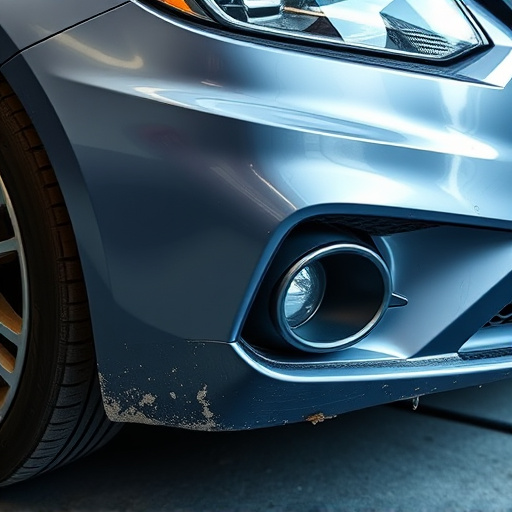
AC system collision repair requires skilled technicians using advanced diagnostic techniques and spe…….
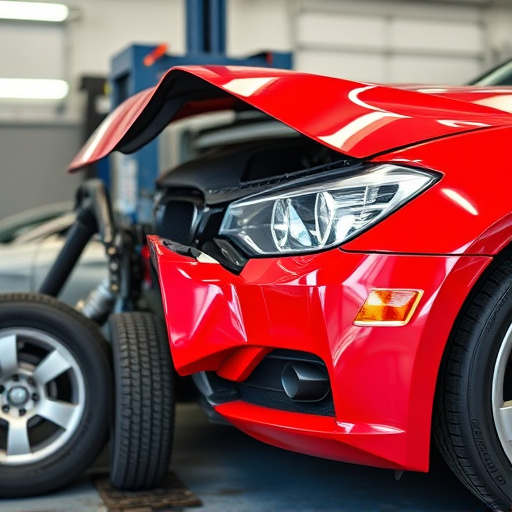
Post-collision, identifying AC system leaks is crucial due to environmental and health risks from re…….
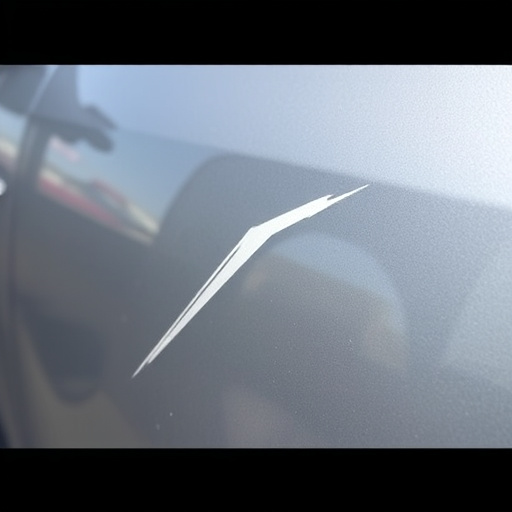
Damage to AC systems during vehicle collisions can significantly impact comfort, performance, and en…….
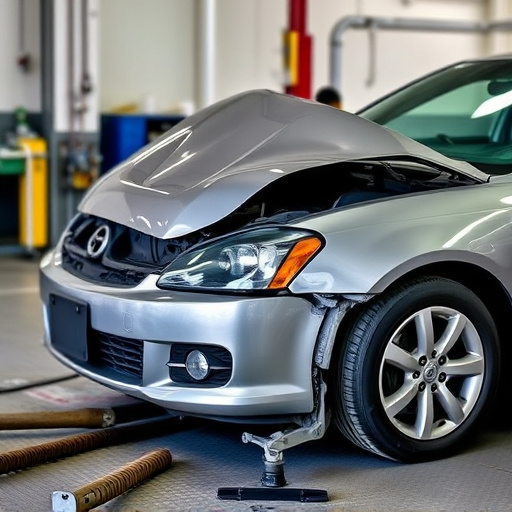
After collision repair, thoroughly assess and maintain the AC system for optimal performance and dri…….
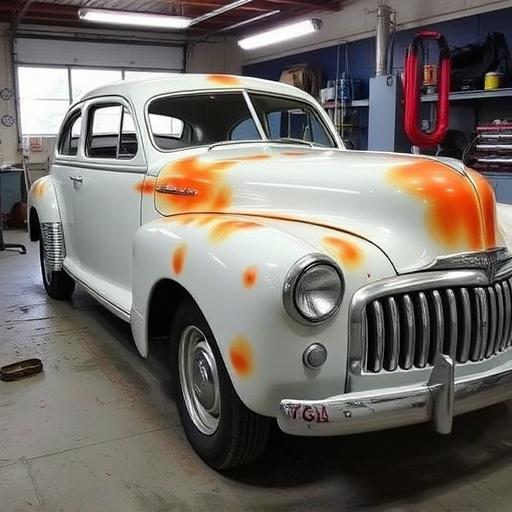
After a collision, proper AC system collision repair is crucial for vehicle comfort and safety. Mech…….
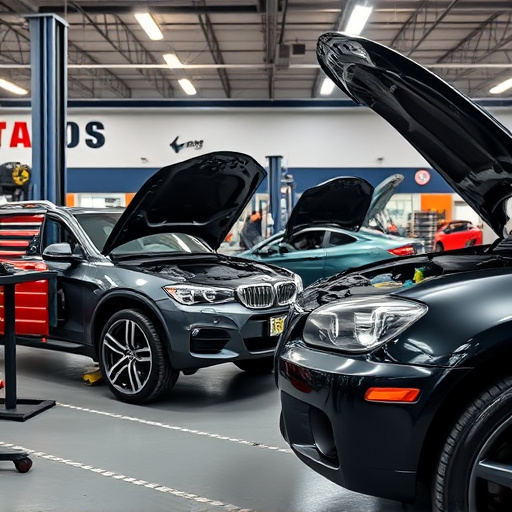
AC system collision repair goes beyond aesthetics, ensuring vehicle performance and passenger comfor…….
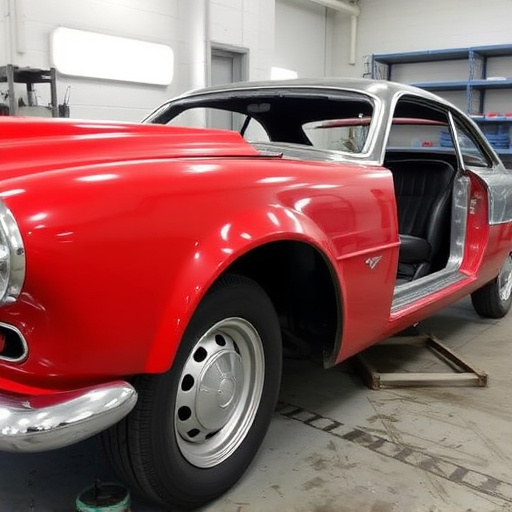
Understanding AC system fundamentals is crucial for effective collision repair. This involves knowle…….
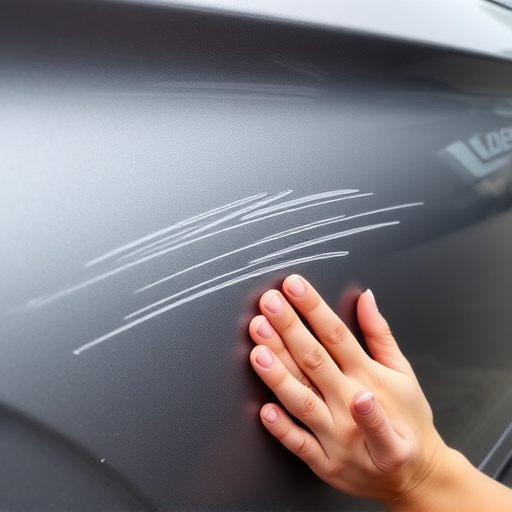
If your AC system shows signs of damage like dents, cracks, or refrigerant leaks after a collision,…….
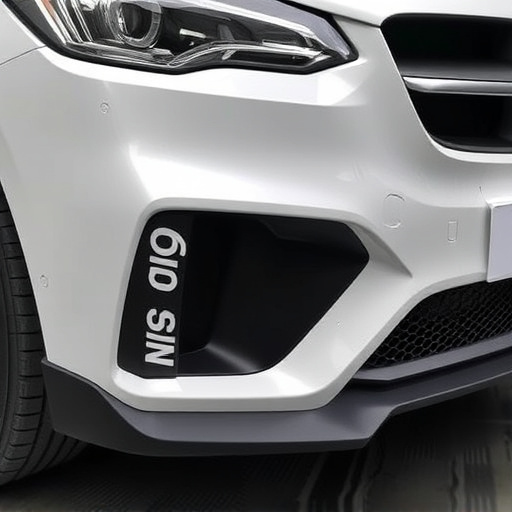
After a collision, thoroughly inspect your AC system for hidden damage. Regular maintenance through…….